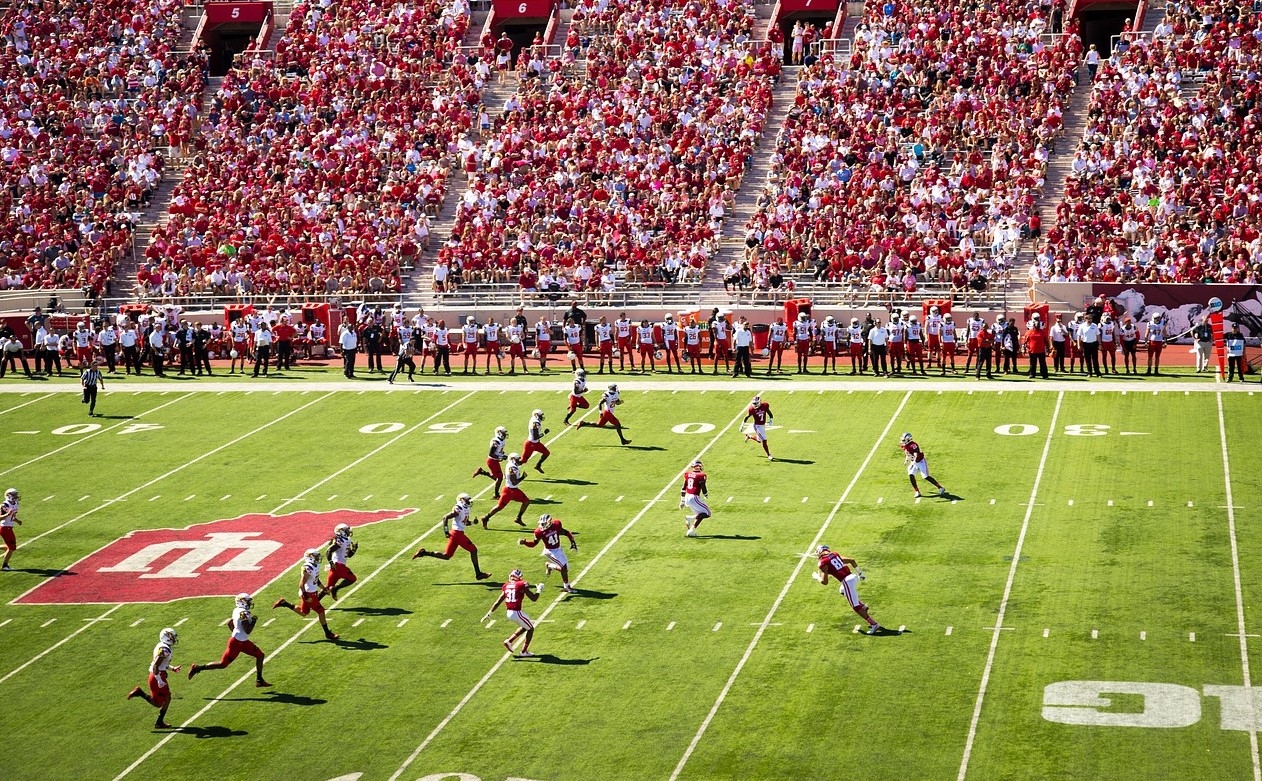
CFL vs NFL — the key differences and how they complement each other
The NFL and the CFL are undoubtably the two most reputable Gridiron football leagues in the world. The CFL is of course the most popular in Canada. It can be traced back over 160 years with the first game being played at the University of Toronto in the 1860s. The first Grey Cup — the trophy awarded to the CFL champions— was first awarded in 1909. With over 50 per cent of the players required to be Canadian, it was the first and to this day only sporting institution that embeds Canadian content as core to its business model.
The NFL is indisputably the biggest American Football league in the world. Broadcast in over 180 countries and welcoming billions of views each year, any player worth their salt dreams of playing even a single snap in the league. The Super Bowl continues to be one of the most popular events on the sporting calendar, raking in hundreds of millions of viewers every year. In 2020, over 26 million American’s wagered on the game, with Super Bowl betting odds favouring eventual runners up the Kansas City Chiefs.
The two leagues are very similar but there are some key differences in the rules. To start with, an NFL football field is a is 120 yards long and 53 yards wide. Each end zone is 10 yards and the neutral playing field is 100 yards long. A CFL field on the other hand is 150 yards long with each end 20 yards long and the neutral playing field 110 yards long and 65 yards wide. Due to the larger field size, formations in the CFL are limited to 12 players whilst the NFL is 11.
One of the most major differences is that the CFL has 3 downs to a possession whilst the NFL has 4. Of course, the same rules apply on third down in the CFL as they do for fourth in the NFL, with teams forced to either punt the ball or kick a field goal or risk turning the ball over.
There are other differences between the two, such as a 40 second play clock in the NFL compared to 20, timeout rules and differences in scheduling. But one of the biggest differences is the comparison in popularity, in which the CFL are dwarfed and are highly unlikely to ever catchup.
Aside from garnering a worldwide following that is not likely to ever be lost, the sheer amount of money in the NFL is staggering. In 2017, the average yearly salary for an NFL player was around $2.7 million USD compared to $96,857 CAN. In fact, many CFL players hold second jobs during the offseason to supplement their income.
The CFL is also a gate-driven league, meaning there is a direct link between revenue and game-day earnings (tickets, parking, concessions). When you consider that the average attendance of a CFL game is just 20,000 compared to around 70,000 in the NFL, it is easy to see why the CFL cannot keep up.
So how do the CFL make the best of it? Well quite simply, they know their audience. They put up steady numbers by staying loyal to their Canadian fanbase and are repaid in the same way. In a recent study, many fans indicated that they would be against the idea of a Canadian NFL franchise if it were to mean the demise of Canada’s most prestigious football league.
It also helps that the CFL starts and ends a month prior to it’s neighbour to the south. The CFL bring in crossover viewers from the NFL whilst they are still in their preseason.
The gap in popularity is no knock on the level of talent in the CFL. There have been a number of players who have made the switch to the NFL from Canada.
Former linebacker O.J. Brigance began his pro career in the CFL with the BC Lions in 1991, staying for three seasons before moving to the Baltimore Stallions where he was a CFL all-star. Brigance was signed by the Baltimore Ravens in. Brigance’s first NFL team was the Miami Dolphins, where he was a team captain. His biggest season however came after his move to the Baltimore Ravems. There, he was a key contributor to the Ravens’ championship-winning team. He finished second on the team with 25 special teams tackles and led the team with 10 special teams tackles in the post-season. There, the only player in the history of both leagues to win those championships for the same city.
Quarterback Jeff Garcia started at the Calgary Stampeders, winning a Grey Cup and being named MVP of the game. He played for a whole host of NFL team starting at the San Franciso 49ers. A 4x Pro Bowler in the NFL, Garcia also led the NFC in passing yards in 2000. In 15 seasons between the CFL and NFL, Garcia threw for 41,979 and 272 TDs.
These are just two of the players who made the jump and there are plenty more who went on to have glittering careers in the league. The NFL will always be the gold standard of football, but Canadians have certainly made their mark on the sport.
Photo: Pixabay








